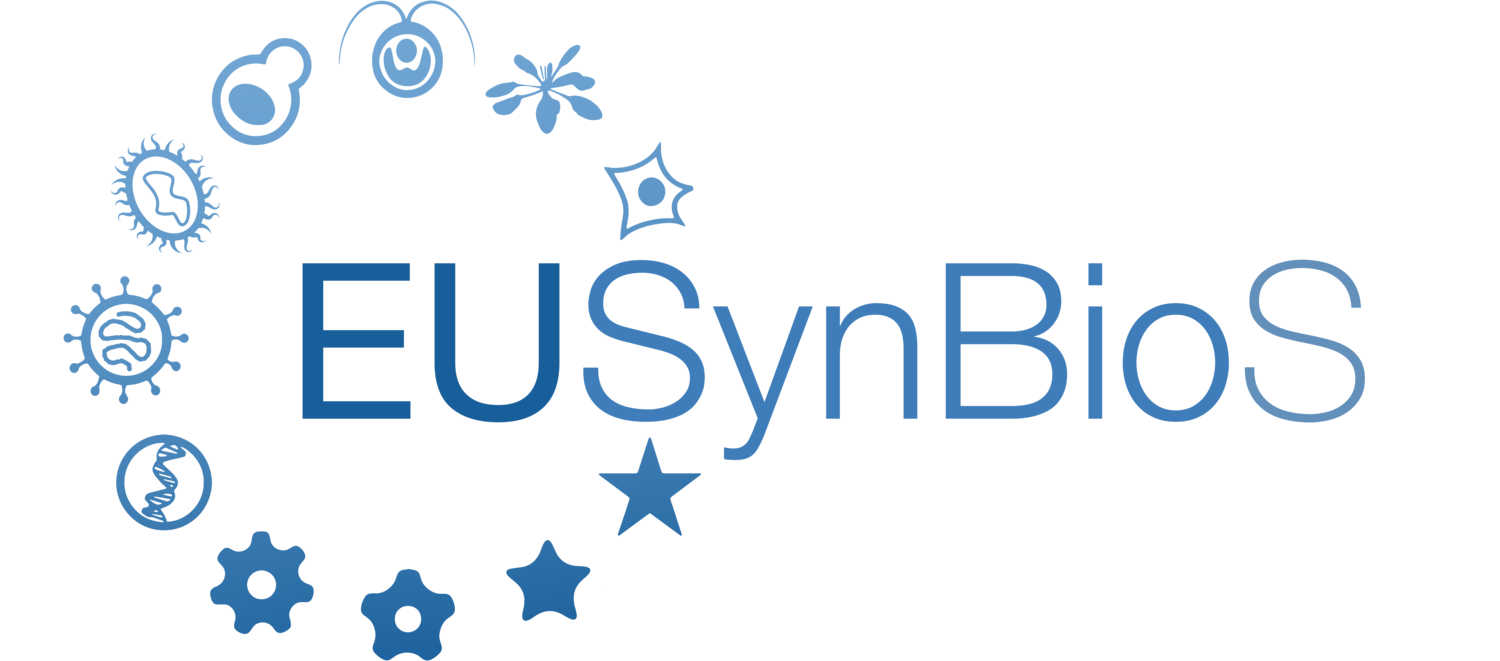iGEM Paris Saclay 2018: MethotrExit - a HeteroGenious Cleaning Factory
Cytotoxic anticancer drugs are harmful chemicals found in hospital wastewater at high concentrations. Physical and chemical degradation methods exist but are often inefficient, unsustainable or expensive. We propose MethotrExit, a bioreactor-based approach to tackle this problem. We focused on the biotransformation of methotrexate (MTX), a widely used anticancer drug.
After choosing an appropriate chassis strains, we designed synthetic cassettes encoding a new biotransformation pathway using a heterologous carboxypeptidase in Escherichia coli. In only 5 hours, MethotrExit drastically removes MTX from the media. However, the degradation of anticancer drugs and the biotransformation pathway itself can be toxic. To overcome these issues, Biobricks bringing heterogeneity in enzyme expression were built to ensure the survival of a subpopulation. Modeling of this system highlights the interest of a division of labor between ‘cleaning’ and ‘stem’ bacterial cells.
Choice of an appropriate chassis for the ‘Cleaning Factory’
Escherichia coli is a good chassis since it naturally expresses the AbgT permease which imports folate analogs such as MTX (Green J. 2002). After analysing the MTX-sensitivity of several E. coli K12 WT and efflux pump mutants, we decided to choose both the WT and ΔtolC strains as chassis. Indeed the former presents a strong MTX-resistance (up to 1264 µM MTX) while the latter is MTX-sensitive but devoid of MTX efflux pump. This may limit MTX efflux and favor MTX biotransformation within the cell.
Design of the MTX biotransformation pathway
We focused our attention on two enzymes, Pseudomonas carboxypeptidase G2 (CPG2 or ‘glucarpidase’) and a folylpoly-γ-glutamate synthetase (FolC) (Figure 1.A). CPG2 is the key enzyme that rapidly converts MTX into less toxic metabolites glutamate and DAMPA (2,4-diamino-N10-methylpteroic acid-d3), (Widemann, Sung et al. 2000), (Larimer, Slavnic et al. 2014). We also tested the interest of co-expressing FolC that may enhance MTX catabolism by coupling MTX to polyglutamate (Chabner, Allegra et al. 1985) (Kwon, Lu et al. 2008).
The biotransformation of MTX was monitored by HPLC analysis and bioassays using the E. coli K12 acrA1 mutant as an indicative strain. In only 5 h of incubation with our ‘Cleaning Factories’, MTX was nearly completely removed from LB medium (Figure 1.B).
Figure 1:
A) The MTX-biotransformation pathway and division of labor strategy.
B) HPLC analysis of MTX medium incubated with a ‘MTX-Cleaning Factory’. LB medium containing MTX (512 µM) was incubated during 5 h at 37°C with control bacteria (E. coli K12 pSB1C3-tet (BBa_R0040)) or with one of our ‘MTX Cleaning Factory’ (E. coli WT pSB1C3-folC-cpg2 (BBa_K2688009)). The supernatants were filtrated and analysed by HPLC with a reverse phase C18 column. Detection was made using UV spectrophotometry at 303 nm.
C) The ‘HeteroGenious’ device. Interplay between Ler and H-NS for the modulation of LEE5 promoter activity; Fluorescent microscopy of E. coli K12 harboring pSB1C3-LEE5_GFP_native (BBa_K2688012) cultured in LB at 37°C during 24 h.
Ensuring the maintenance of the bacterial population – towards the ‘HeteroGenious Cleaning Factory’
We observed that the chassis strains harboring both cpg2 and folC expression cassettes present a slight growth delay. Indeed, drug degradation pathways may be associated with a fitness cost. Therefore, we wanted our bioreactor to harbor a heterogeneous synthetic transgene expression. Only two parts are required to implement this ‘HeteroGenious’ system in E. coli: Ler (‘LEE encoded regulator’) and its target LEE5 promoter (Figure 1.C) (Leh, Khodr et al. 2017). The competition between Ler and H-NS (naturally present in E. coli) for LEE5 binding can generate a heterogeneous transgene expression. Modeling a heterogeneous expression of the synthetic pathway within the ‘cleaning factory’ population highlights the interest of a division of labor between ‘cleaning’ and ‘stem-like’ bacterial cells.
Conclusion
We obtained E. coli strains that efficiently remove MTX from culture medium, and a two-part device that can generate heterogeneity of transgene expression within a bacterial population. This study opens new insight concerning the design of ‘Cleaning Factories’. Moreover, E. coli strains able to degrade MTX could be of potential interest as probiotics to treat MTX intoxication.
References
Baba T. et al. (2006) Mol Syst Biol 2: 2006 0008
Chabner B. A. et al. (1985) J Clin Invest 76(3): 907-912
Green J. N. B. et al. (2002) Proceedings of the 12th International Symposium on Pteridines and Folates, National Institutes of Health, Bethesda, Maryland, June 17–22, 2001
Kwon Y. K. et al. (2008) Nat Chem Biol 4(10): 602-608
Larimer C. M. et al. (2014) Adv Enzyme Res 2(1): 39-48
Leh H. et al. (2017) MBio 8(4)
Widemann B. C. et al. (2000) J Pharmacol Exp Ther 294(3): 894-901.


